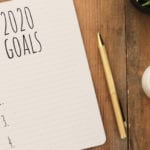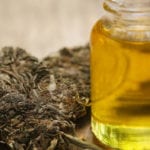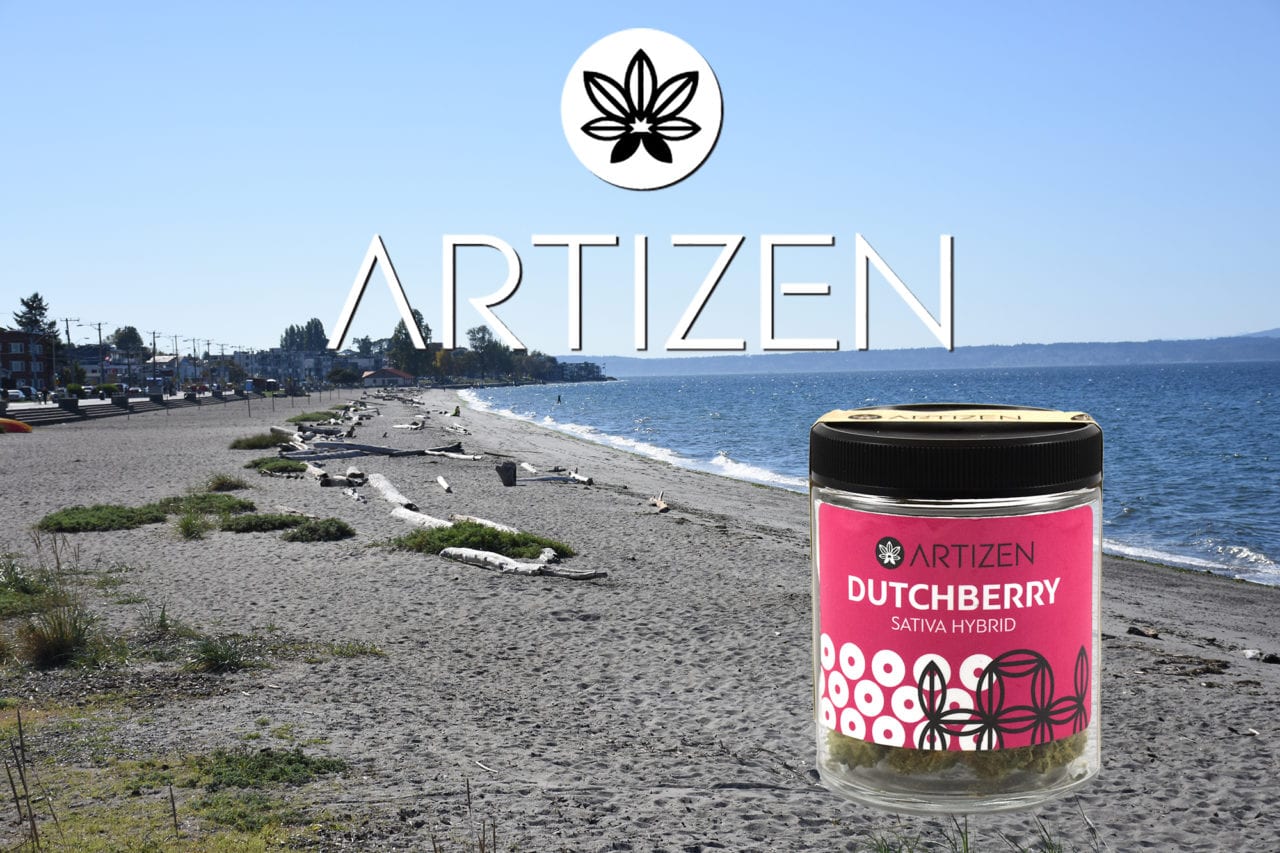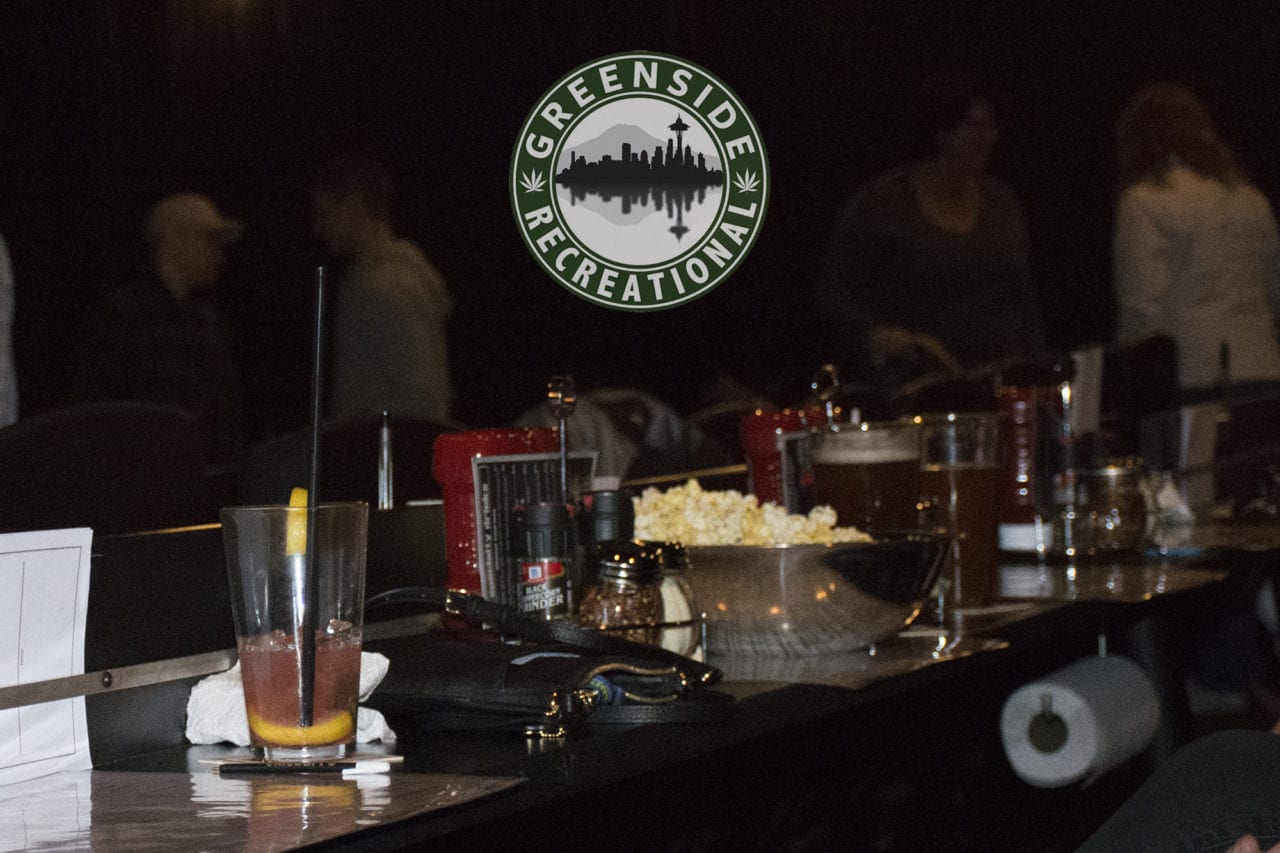You’ve probably heard of microdosing by now: It’s the term for taking tiny doses of cannabis—like, so low that you can’t feel the effects—in order to get all the plant’s benefits (but without the psychoactive “high”).
As dedicated roasters, we have to admit: It all sounds a little crazy.
But there’s real science behind it, and what’s more, people are getting real-world benefits from microdosing. In today’s blog, we’ll walk you through the hows and the whys of microdosing, and why you might want to try it yourself!
Microdosing Cannabis: How Does It Work?
Microdosing just means taking a tiny dose of cannabis (or any medicine). In fact, the idea is that it’s so low you’re not even feeling its effects. Why would you take cannabis in order not to feel it? For one thing, many people find the psychoactive “high” of THC distracting, especially situations like the workplace.
And even when we’re not feeling high, cannabis is still working with our bodies. If you need proof, look to any of our articles about CBD, the second most abundant cannabinoid after THC. Most of us don’t feel any effects from it, other than an occasional slight cerebral buzziness. But it’s still fighting pain, anxiety and depression, among other chronic symptoms and conditions.
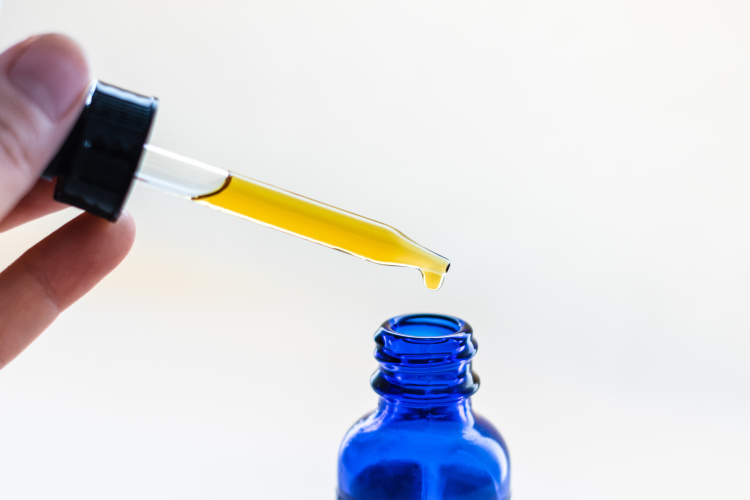
So, why not just take regular doses of CBD? You certainly can, and we always stock plenty of high-CBD strains to try. But most people get greater medical benefits from lower doses than higher ones. That’s one reason we always advise you “go low and go slow” when you’re using cannabis medically: The smallest effective dose is generally the best one for your particular needs.
Microdosing Cannabis: What Is It Good For?
You can try microdosing for anything you’d use cannabis for, but many microdosers focus on three specific uses: Pain management, insomnia, and anxiety. Here’s what we know about how it works.
Pain Management
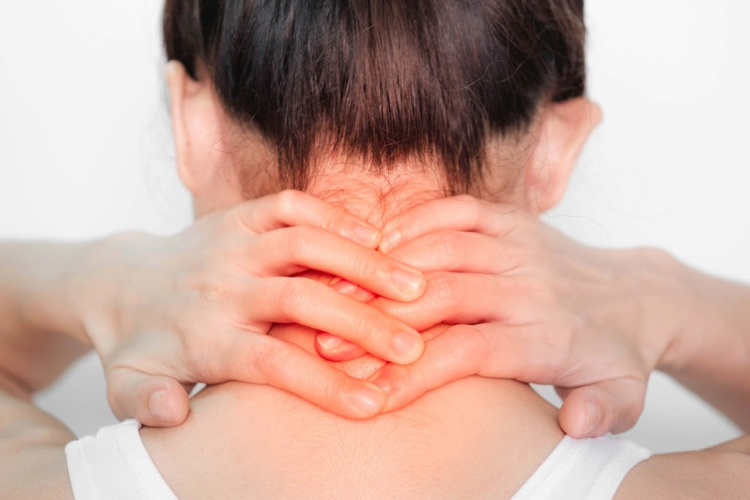
It’s logical to assume that when you’re trying to fight pain, taking more painkillers leads to less pain. But again, it appears cannabis works differently. In one 2012 study, patients were given an oral spray containing low doses of THC and CBD. And it turned out that the patients who took the lowest doses actually experienced the greatest reduction in pain.
Insomnia
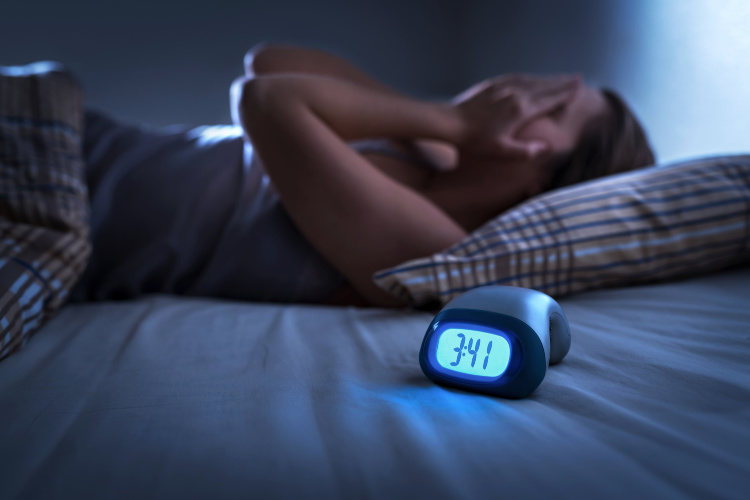
Millions of us already turn to cannabis as a safe and effective remedy for insomnia, or the inability to fall or remain asleep. But there’s a potential buzzkill: Many of us find that even moderate doses at bedtime make us feel groggy the next morning.
Unfortunately, at the moment there haven’t been any cannabis sleep studies focusing specifically on microdosing. But at least anecdotally, many people report that microdosing cannabis before bedtime delivers the benefits of a full-strength dose, but it allows them to skip the next day’s “hangover.”
Anxiety
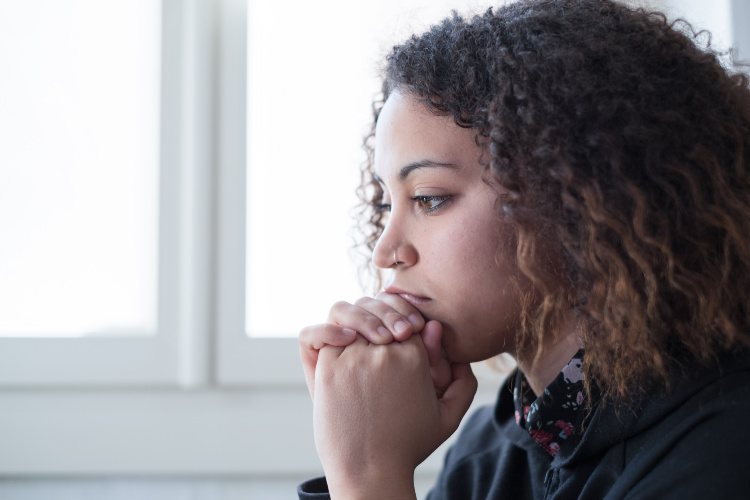
Anxiety might be the #1 reason people turn to microdosing cannabis. Like the pain study we mentioned earlier, a 2014 study that used a synthetic cannabinoid to treat PTSD—a condition that shares many characteristics with anxiety—found that low doses led to more positive results than higher ones.
If you’re ready to try microdosing, we suggest you start with tinctures, because they’re the best format for taking tiny doses. And it’s best to refrain from your regular (full-strength) cannabis use for at least two days to allow your Endocannabinoid System to reset itself. If you have questions, just ask one of our budtenders; we’re always happy to help! Stop by our Des Moines dispensary to learn more.
